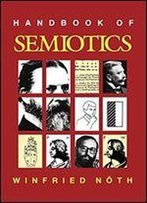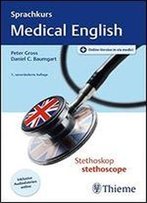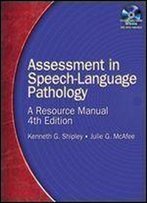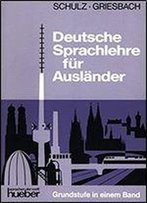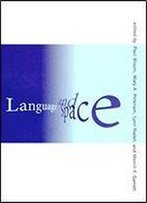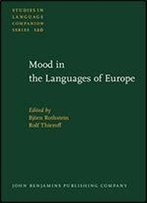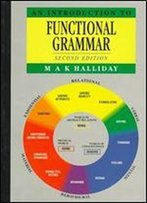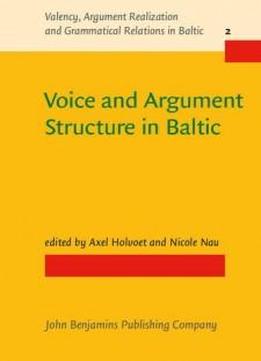
Voice And Argument Structure In Baltic (valency, Argument Realization And Grammatical Relations In Baltic)
by Axel Holvoet /
2015 / English / PDF
2.8 MB Download
The second volume in the VARGReB series deals with voice in the
wider sense, encompassing both alternations that preserve semantic
valency, with passives as the most typical instance, and
valency-changing devices such as the causative. Regarding the
former, special attention is given to event-structural conditions
on passivization, non-canonical passives, and the relation between
passives and (active) impersonals. Papers dealing with causatives
focus on valency patterns and argument marking in canonical as well
as extended uses of causative morphology. Other articles consider
converse constructions and the argument structure of middles, which
seem to hold a position between voice in the narrow sense and
valency-changing operations. An introductory article provides
background information on the repertoire of voice alternations in
Baltic from a cross-linguistic perspective. Representing different
approaches and methods, the contributions to this volume offer
fine-grained analyses of data from contemporary Latvian and
Lithuanian.
The second volume in the VARGReB series deals with voice in the
wider sense, encompassing both alternations that preserve semantic
valency, with passives as the most typical instance, and
valency-changing devices such as the causative. Regarding the
former, special attention is given to event-structural conditions
on passivization, non-canonical passives, and the relation between
passives and (active) impersonals. Papers dealing with causatives
focus on valency patterns and argument marking in canonical as well
as extended uses of causative morphology. Other articles consider
converse constructions and the argument structure of middles, which
seem to hold a position between voice in the narrow sense and
valency-changing operations. An introductory article provides
background information on the repertoire of voice alternations in
Baltic from a cross-linguistic perspective. Representing different
approaches and methods, the contributions to this volume offer
fine-grained analyses of data from contemporary Latvian and
Lithuanian.
